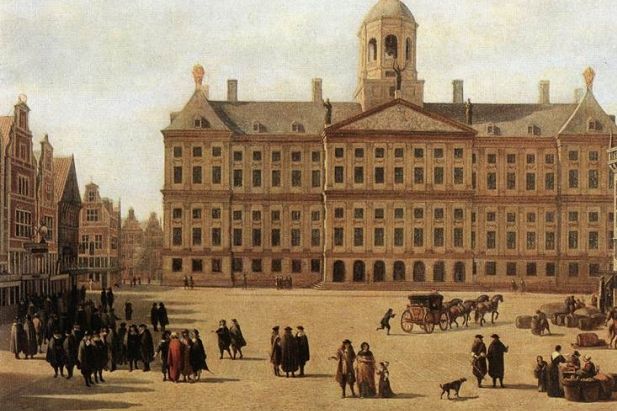



| |
A small history of the city of Amsterdam     |  |  |
Amsterdam Short Information Sheet:
|
|
Amsterdam Information Cloud:
|
|
|
The heart of Amsterdam is the irregular square known as the Dam. Here the city took its name, here its history began, here its busy trade has for centuries centred ; here every one who treads its streets sooner or later finds his way.
It was here, at the junction of the IJ and the Amstel, that Gysbrecht II constructed a dam, on which he built his castle, in 1204, and from this Amstel Dam the city derives her name. Age after age she steadily grew in commercial importance; but the period of most rapid growth was from 1585 to 1595.
The Spanish Inquisition in Flanders, the sack of Antwerp, and the horrible cruelties perpetrated by the Spaniards, led multitudes of the skilled workmen to leave Flanders for Holland, and in the decade indicated Amsterdam nearly doubled her population. The city played no craven part in the long drama of the Dutch struggle for civil and religious liberty. Her Government leaned at first to the Spanish side in the beginning of the struggle with Spain.
The peace of 1609, the decline of Antwerp, the enormous and rapid growth of the Dutch naval power, and the founding of the Dutch East India Company, raised Amsterdam in the 17th century to the proud eminence of being the first commercial city in Europe.
At the present time the population numbers about 400,000.
| |
|















